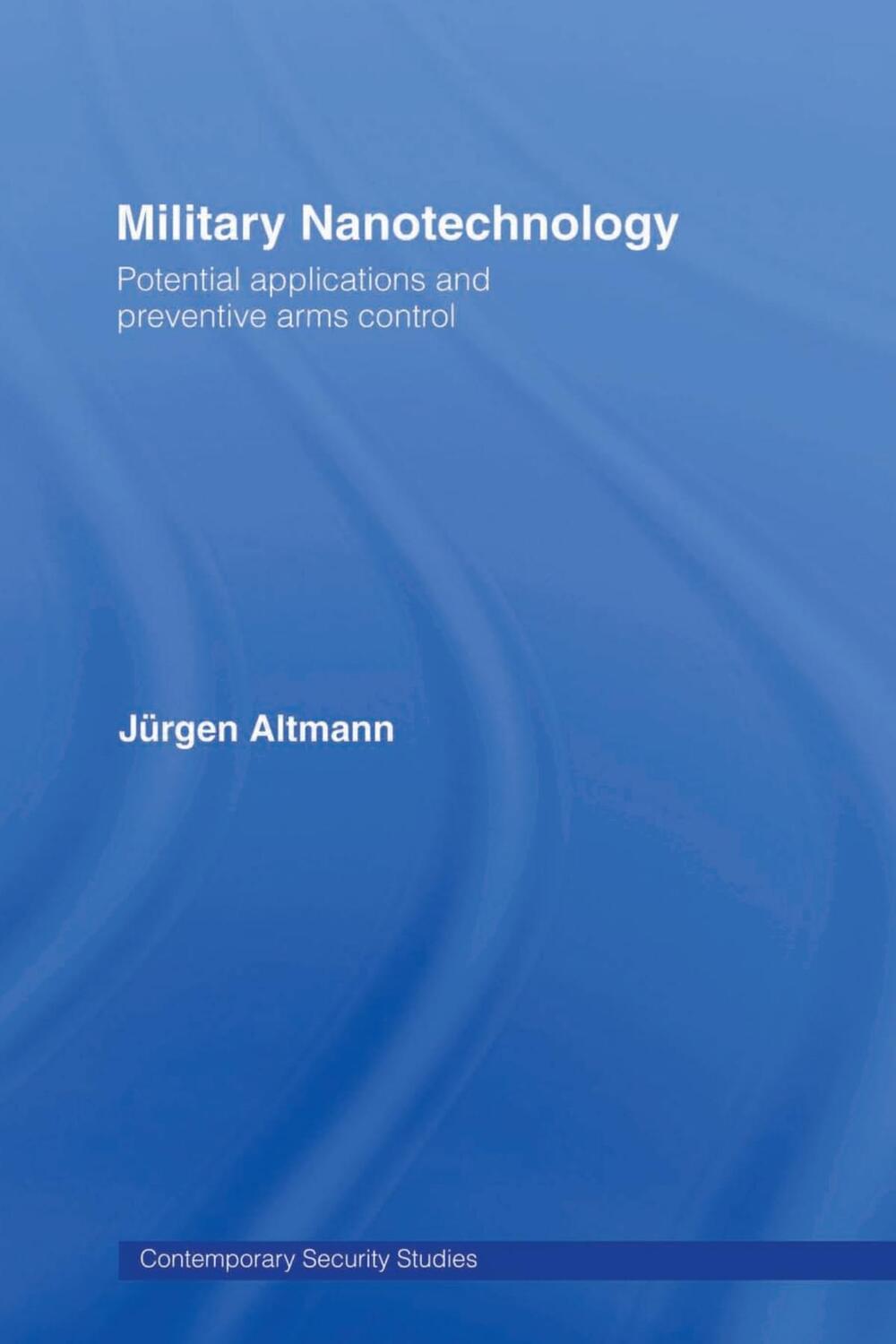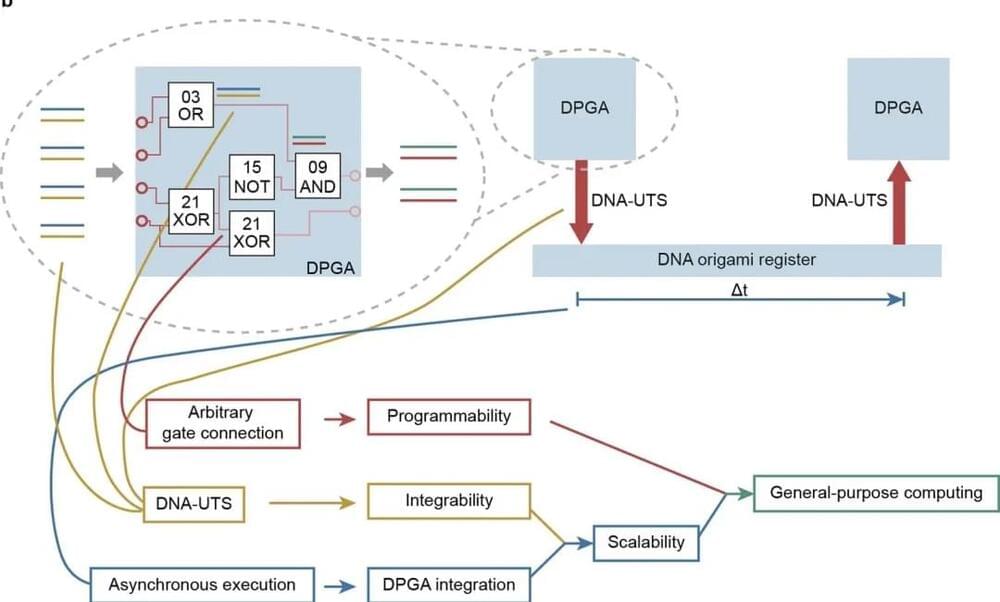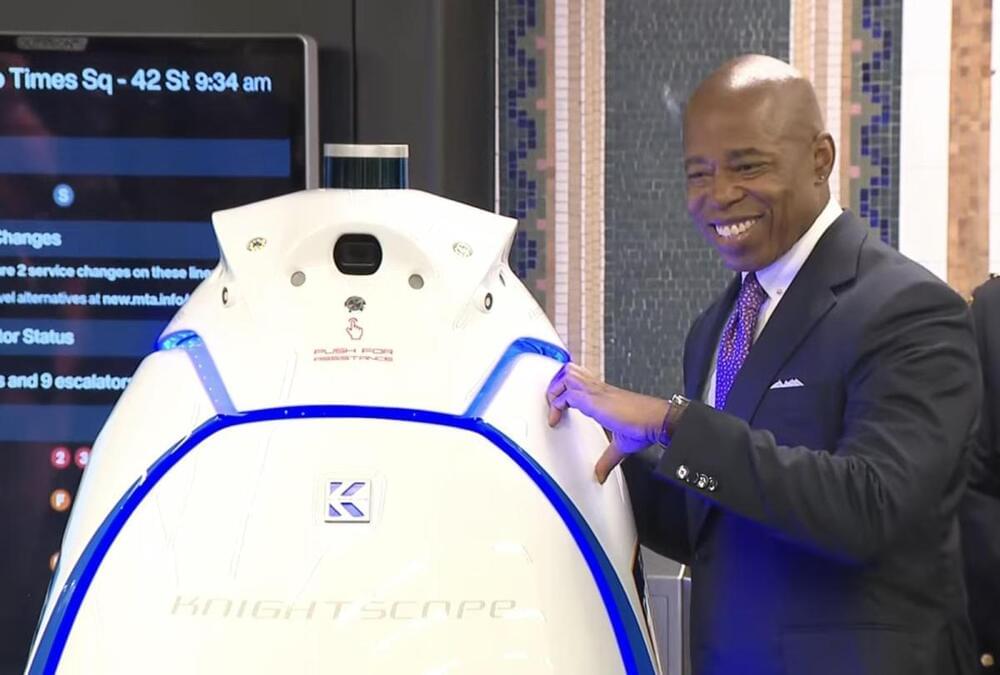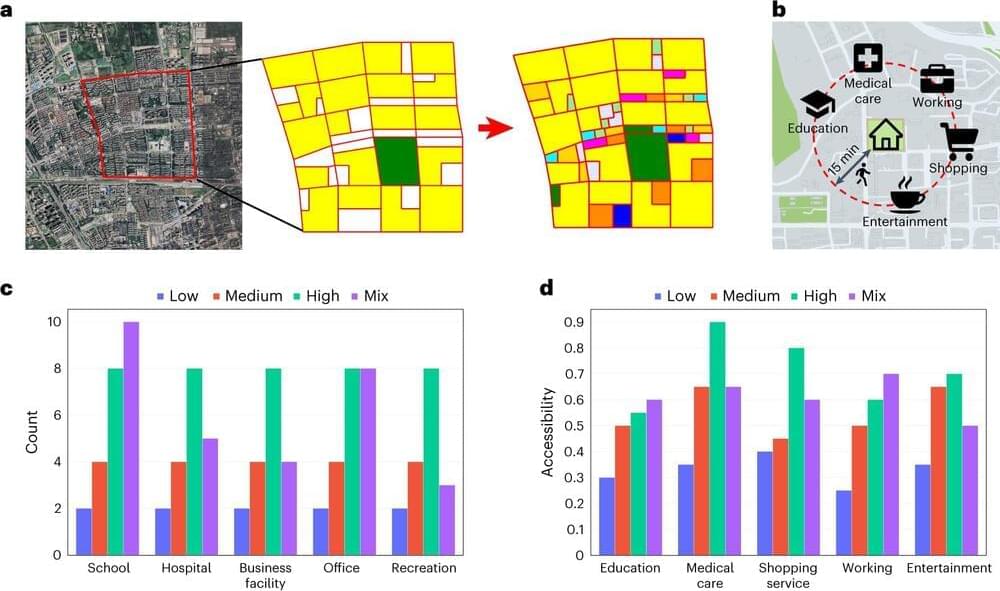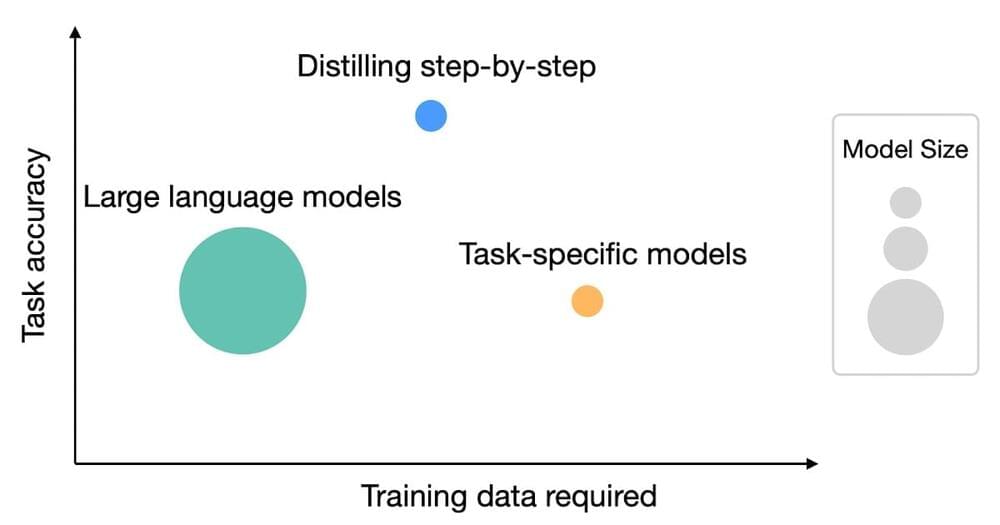Page 1319
Sep 23, 2023
Step forward for massive DNA computer systems
Posted by Omuterema Akhahenda in categories: biotech/medical, computing, information science
The group at Shanghai Jiao Tong University has demonstrated a DNA computer system using DNA integrated circuits (DICs) that can solve quadratic equations with 30 logic gates.
Published in Nature, the system integrates multiple layers of DNA-based programmable gate arrays (DPGAs). This uses generic single-stranded oligonucleotides as a uniform transmission signal can reliably integrate large-scale DICs with minimal leakage and high fidelity for general-purpose computing.
To control the intrinsically random collision of molecules, the team designed DNA origami registers to provide the directionality for asynchronous execution of cascaded DPGAs. This was used to assemble a DIC that can solve quadratic equations with three layers of cascade DPGAs comprising 30 logic gates with around 500 DNA strands.
Sep 23, 2023
An NYPD security robot will be patrolling the Times Square subway station
Posted by Dan Kummer in categories: law enforcement, mapping, robotics/AI, security, surveillance
The New York Police Department (NYPD) is implementing a new security measure at the Times Square subway station. It’s deploying a security robot to patrol the premises, which authorities say is meant to “keep you safe.” We’re not talking about a RoboCop-like machine or any human-like biped robot — the K5, which was made by California-based company Knightscope, looks like a massive version of R2-D2. Albert Fox Cahn, the executive director of privacy rights group Surveillance Technology Oversight Project, has a less flattering description for it, though, and told The New York Times that it’s like a “trash can on wheels.”
K5 weighs 420 pounds and is equipped with four cameras that can record video but not audio. As you can guess from the image above, the machine also doesn’t come with arms — it didn’t quite ignore Mayor Eric Adams’ attempt at making a heart. The robot will patrol the station from midnight until 6 AM throughout its trial run that’s running over the next two months. But K5 won’t be doing full patrols for a while, since it’s spending its first two weeks mapping out the station and roaming only the main areas and not the platforms.
It’s not quite clear if NYPD’s machine will be livestreaming its camera footage, and if law enforcement will be keeping an eye on what it captures. Adams said during the event introducing the robot that it will “record video that can be reviewed in case of an emergency or a crime.” It apparently won’t be using facial recognition, though Cahn is concerned that the technology could eventually be incorporated into the machine. Obviously, K5 doesn’t have the capability to respond to actual emergencies in the station and can’t physically or verbally apprehend suspects. The only real-time help it can provide people is to connect them to a live person to report an incident or to ask questions, provided they’re able to press a button on the robot.
Sep 23, 2023
AI is going to drive a new globalization: Ian Bremmer
Posted by Dan Kummer in category: robotics/AI
CNBC’s Tania Bryer heads to CogX to talk to Ian Bremmer. The president of Eurasia Group reveals he believes AI will be transformative for the geopolitical order in both good and problematic ways.
Sep 23, 2023
AI system found to outperform humans in creating urban planning designs
Posted by Dan Kummer in category: robotics/AI
A team of urban planners and information scientists at Tsinghua University in China has found that an AI-based urban planning system was able to outperform human experts in creating urban planning designs. In their study, reported in the journal Nature Computational Science, the group describes the factors that were used in describing the ideal urban plan and how well their AI did when tested. Paolo Santi, with the MIT Senseable City Lab, has published a News & Views piece in the same journal issue outlining the work done by the team on this new effort.
For much of history, cities have been left to grow organically—immediate needs were determined and urban planners and engineers attempted to fulfill those needs. In many cases, such a haphazard approach to urban growth has led to less-then-optimal results. In more recent times, city officials and other planners have attempted to take a more logical approach to the problem by creating designs for areas to be developed that account for things like livability and pollution controls.
This has led to the development of urban planning as a science and the advent of professional urban development experts. This science can be extremely complicated due to the increasing number of variables that must be accounted for as the size of a new development increases. In this new effort, the research team found a way to apply AI to the problem to ease the burden.
Sep 23, 2023
Distilling step-by-step: Outperforming larger language models with less training data and smaller model sizes
Posted by Dan Kummer in categories: computing, transportation
Large language models (LLMs) have enabled a new data-efficient learning paradigm wherein they can be used to solve unseen new tasks via zero-shot or few-shot prompting. However, LLMs are challenging to deploy for real-world applications due to their sheer size. For instance, serving a single 175 billion LLM requires at least 350GB of GPU memory using specialized infrastructure, not to mention that today’s state-of-the-art LLMs are composed of over 500 billion parameters. Such computational requirements are inaccessible for many research teams, especially for applications that require low latency performance.
To circumvent these deployment challenges, practitioners often choose to deploy smaller specialized models instead. These smaller models are trained using one of two common paradigms: fine-tuning or distillation. Fine-tuning updates a pre-trained smaller model (e.g., BERT or T5) using downstream manually-annotated data. Distillation trains the same smaller models with labels generated by a larger LLM. Unfortunately, to achieve comparable performance to LLMs, fine-tuning methods require human-generated labels, which are expensive and tedious to obtain, while distillation requires large amounts of unlabeled data, which can also be hard to collect.
In “Distilling Step-by-Step! Outperforming Larger Language Models with Less Training Data and Smaller Model Sizes”, presented at ACL2023, we set out to tackle this trade-off between model size and training data collection cost. We introduce distilling step-by-step, a new simple mechanism that allows us to train smaller task-specific models with much less training data than required by standard fine-tuning or distillation approaches that outperform few-shot prompted LLMs’ performance. We demonstrate that the distilling step-by-step mechanism enables a 770M parameter T5 model to outperform the few-shot prompted 540B PaLM model using only 80% of examples in a benchmark dataset, which demonstrates a more than 700x model size reduction with much less training data required by standard approaches.
Sep 23, 2023
China’s AI ‘war of a hundred models’ heads for a shakeout
Posted by Dan Kummer in category: robotics/AI
HONG KONG, Sept 22 (Reuters) — China’s craze over generative artificial intelligence has triggered a flurry of product announcements from startups and tech giants on an almost daily basis, but investors are warning a shakeout is imminent as cost and profit pressures grow.
The buzz in China, first ignited by the success of OpenAI’s ChatGPT almost a year ago, has given rise to what a senior Tencent (0700.HK) executive described this month as “war of a hundred models”, as it and rivals from Baidu (9888.HK) to Alibaba (9988.HK) to Huawei promote their offerings.
China now has at least 130 large language models (LLMs), accounting for 40% of the global total and just behind the United States’ 50% share, according to brokerage CLSA. Additionally, companies have also announced dozens of “industry-specific LLMs” that link to their core model.
Sep 23, 2023
Amazing archaeological finds dating back to 10,000 BC unearthed just 8 miles from Stonehenge
Posted by Genevieve Klien in category: habitats

HARNHAM, United Kingdom — The mysteries of Stonehenge may be the tip of the archaeological iceberg in this region of the United Kingdom. Researchers have made another remarkable discovery just miles from the world-famous site.
While preparing for a new housing development in Harnham, just eight miles south of Stonehenge, workers unearthed items that may date all the way back to 10,000 BC. The findings include ancient pottery, knives, and even red deer antler, which was often used for making tools and weapons in prehistoric times, according to archaeologists.
Sep 23, 2023
China Creates Female AI Robots To Replace WOMEN
Posted by Dan Breeden in category: robotics/AI

🔔 Subscribe for more Artificial Intelligence news, Robot news, Tech news and more.
🦾 Support us NOW so we can create more videos: https://www.youtube.com/channel/UCItylrp-EOkBwsUT7c_Xkxg.
TEKST 📺 Fun fact: Smart people watch the entire video!
Continue reading “China Creates Female AI Robots To Replace WOMEN” »
